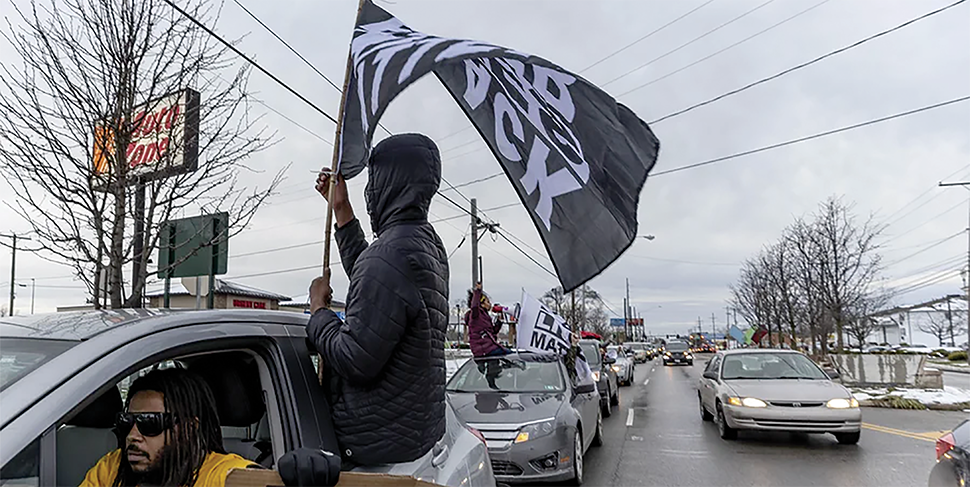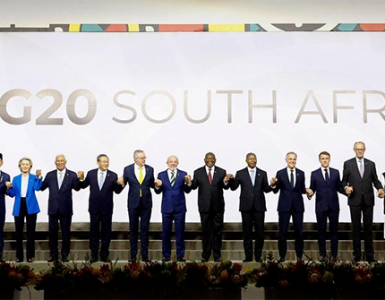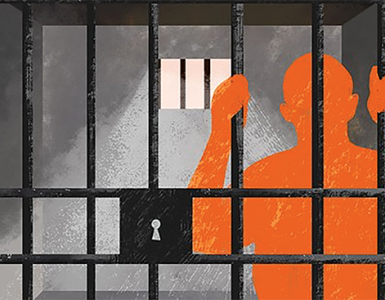INFLUENCE: In the United States, negative stereotypes linking Black individuals to danger appear so widespread that they influence visual processing across racial lines, according to scientists…
By Own Correspondent
NEW YORK — A new brain-scan study shows that racial bias doesn’t just shape opinions, but it can also actually change the way our brains see the world.
When people looked at Black faces before everyday objects like tools, their brains responded as if those tools were more weapon-like.
For the first time, scientists have shown that stereotypes don’t just influence split-second decisions, but rather, they can subtly bend what we perceive in the moment.
The research provides a potential biological explanation for tragic incidents like the 2022 fatal police shooting of Donovan Lewis, a 20-year-old Black man killed in Columbus, Ohio, when an officer fired within moments of seeing Lewis holding what turned out to be a vape pen, not a weapon.
In the lab, researchers found that participants’ brains showed patterns more like “gun” than “tool” after viewing Black faces, even though the objects hadn’t changed at all.
Led by Jon Freeman, an associate professor of psychology at Columbia University, the researchers used advanced brain scanning technology called fMRI to examine what happens inside the visual processing system when people encounter objects in racial contexts. Previous studies focused on delayed reaction times or response errors, generally assuming participants saw objects correctly but struggled with motor responses due to stereotype activation.
The 31 participants completed brain scans while performing object identification tasks. During the main experiment, they viewed either Black or White male faces for a split second, followed immediately by images of either guns or tools that they had to categorise as quickly as possible.
To make sure they had a “clean” comparison, scientists first measured how the brain normally responds to guns and tools without any faces involved. This way, they could see exactly how adding a racial context changed brain activity.
Tools presented after Black faces primes triggered neural response patterns that became measurably more similar to the brain’s independent gun patterns. Effects occurred specifically in brain regions responsible for visual object recognition, particularly areas involved in identifying graspable items like tools and weapons.
Participants who showed stronger neural biases toward “gun” patterns also tended to take longer to correctly identify Black-primed tools as tools rather than weapons. This reflects a significant correlation between brain activity and behavioural delays, rather than a one-to-one match.
To double-check their findings, the team ruled out simple visual tricks. They used computer vision analysis to confirm Black and White faces showed equal visual similarity to guns versus tools, eliminating the possibility that physical appearance differences drove the results. Additional control experiments using diagonal line patterns instead of objects showed no biased effects, confirming the phenomenon was specific to socially relevant objects.
The scientists then tested larger and more diverse groups of people, comprising a total of 422 participants, including Black volunteers. The same pattern popped up: across different races, people were slower to recognise tools after seeing Black faces first.
This universality suggests the bias reflects learned cultural associations rather than in-group versus out-group dynamics. In American society, negative stereotypes linking Black individuals to danger and weapons appear so widespread that they influence visual processing across racial lines. Importantly, the initial fMRI study deliberately excluded Black participants to avoid confounding in-group/out-group effects, so the neural findings themselves were not directly tested in Black participants.
Previous research established connections between performance on weapon identification tasks and actual police shooting disparities. Areas with stronger anti-Black attitudes and Black-weapon associations show higher rates of disproportionate police shootings of Black individuals.
The researchers are careful to note that their study doesn’t prove cause and effect in real-world tragedies. But it does show that stereotypes can reach deep into perception itself. They write that it’s “plausible” these brain-level distortions may play a role in the split-second errors that sometimes turn deadly.
Take Andre Hill, also killed in Columbus, Ohio, in 2020. He was holding up a cell phone when he was shot. This study suggests such incidents may be fuelled, not only by poor judgment, but also by the way stereotypes can warp what officers — or any of us — literally see in the moment.
Can Bias Be Unlearned?
The good news: our brains are flexible. Because experience shapes how we see, researchers believe it may be possible to retrain perception. For example, repeated exposure to images of Black people paired with non-weapons might help “reset” the brain’s expectations.
Other approaches, like visual training or long-term practice with counter-stereotypes, could also help reduce these automatic distortions.
Perhaps unsurprisingly, rather than simply struggling to control biased responses, people may at times be perceiving the world through a distorting lens of racial stereotypes. The discovery raises questions about how deeply prejudice shapes perception in American culture and points toward potential neurological interventions to address bias. – StudyFinds






























